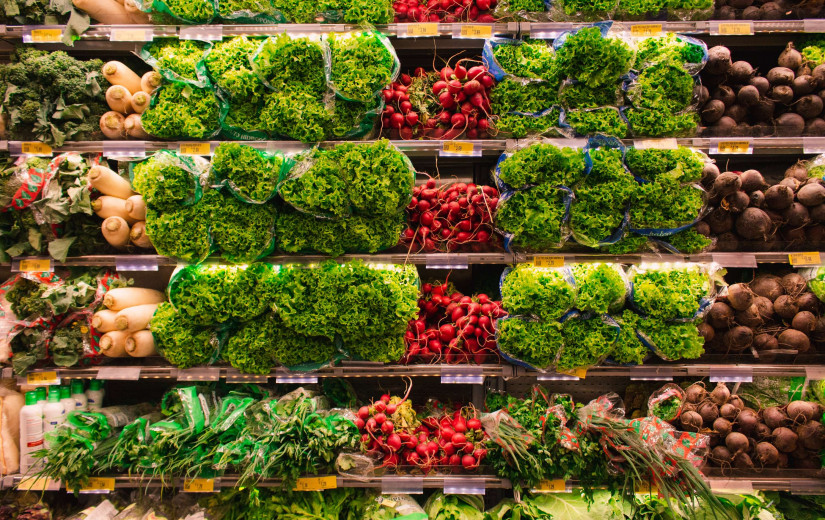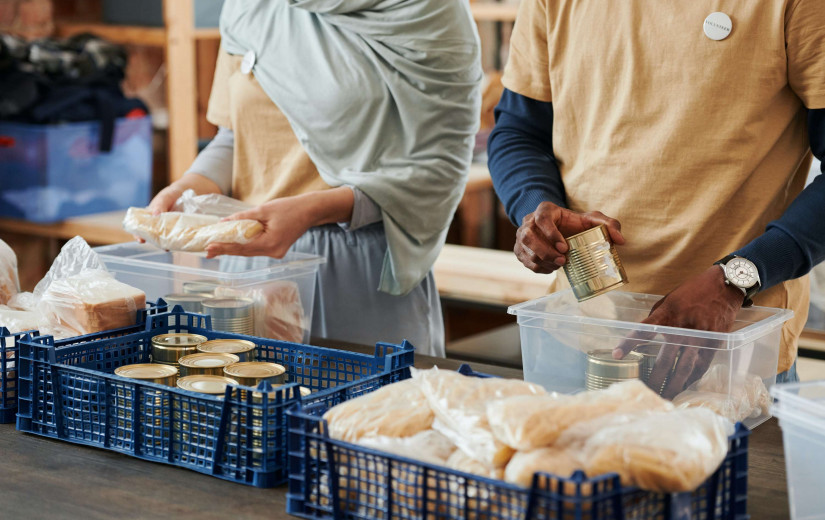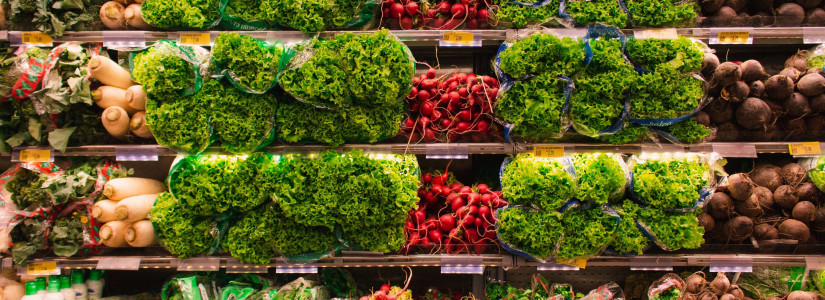Food Stamps: The Surprising Ways the Government Is Making It Easier to Get SNAP Benefits
The Supplemental Nutrition Assistance Program (SNAP) is a government-funded program that provides financial assistance to low-income individuals and families. The food stamps program benefits can purchase food from participating retailers, providing vital nutrition and other necessary items for the needy.
In recent years, the government has been working to make it easier for people to access SNAP benefits. It has facilitated various initiatives to reduce the number of individuals ineligible or unable to apply for the program, including:
States can now waive the three-month limit for adults without dependents (ABAWDs) who want to receive SNAP benefits. The provision reduces the burden on individuals and families experiencing short-term hardship but wouldn’t qualify due to their income or employment status.
Individuals and families who receive Supplemental Security Income or Temporary Assistance for Needy Families (TANF) may now automatically qualify for SNAP benefits. It means they do not need to go through the application process, making accessing additional assistance easier for people already receiving other government benefits.
Previously, individuals and families had to meet certain requirements to qualify for SNAP benefits. Among these was a limit on the number of assets. However, states can now ease some of these restrictions so that households can qualify for benefits even if their assets exceed the minimum threshold. For example, states can exempt cars, retirement accounts and other assets from their SNAP asset tests.
The government is now encouraging states to automatically enroll children in households already receiving other benefits (like school meals and Medicaid). It means children need not undergo the cumbersome application process to receive SNAP benefits. Furthermore, children who qualify for free or reduced-price meals in school are also eligible to receive SNAP benefits.
The government has collaborated with various community organizations and institutions to increase awareness of SNAP benefits. It's done through outreach efforts, such as distributing informational materials and hosting workshops in local areas. The community must ensure that individuals and families needing assistance know the available options. Likewise, it's the government's responsibility to ensure those options are easily accessible.
The government has created online tools to help applicants access SNAP benefits more quickly. It includes a website that provides information about eligibility, application processes, and other important details. For example, the website can help applicants track their application status and locate local SNAP offices. Also, applications can now be submitted online, making it easier for people to apply for benefits.
The government has implemented an "Express Lane" eligibility system to make the application process easier and more efficient. This system allows states to use data from other benefits programs, such as TANF and Medicaid, to determine a household’s SNAP eligibility quickly.
The states can now use a simplified reporting system to make it easier for applicants to verify their income and expenses. It helps applicants submit documents such as pay stubs and bank statements electronically or by mail. The new strategy streamlines the verification process, making it quicker and less burdensome for applicants.
The government has implemented a system that adjusts SNAP benefits based on household size. It means that larger households receive more benefits than smaller households, ensuring that everyone in a family receives adequate nutrition.
The government has waived the work requirements for unemployed adults who receive SNAP benefits. It allows them to continue receiving benefits without seeking employment or participating in job training programs. It's particularly helpful for individuals unable to work due to medical conditions, disabilities, or other factors.
On the other hand, individuals who can work must participate in employment and training programs to continue receiving benefits. It encourages them to gain skills and re-enter the workforce. Therefore, food stamps promote self-sufficiency and encourage individuals to become independent.
These are just some ways the government is making it easier for people to access SNAP benefits and get the nutrition they need. The government is helping ensure more people have access to the program by simplifying the application process and increasing outreach efforts. With SNAP benefits, even those with limited incomes can purchase the food they need and provide for their families.
In recent years, the government has been working to make it easier for people to access SNAP benefits. It has facilitated various initiatives to reduce the number of individuals ineligible or unable to apply for the program, including:
1. Waiver Program for Able-Bodied Adults Without Dependents (ABAWDs)
States can now waive the three-month limit for adults without dependents (ABAWDs) who want to receive SNAP benefits. The provision reduces the burden on individuals and families experiencing short-term hardship but wouldn’t qualify due to their income or employment status.
2. Expanding Categorical Eligibility
Individuals and families who receive Supplemental Security Income or Temporary Assistance for Needy Families (TANF) may now automatically qualify for SNAP benefits. It means they do not need to go through the application process, making accessing additional assistance easier for people already receiving other government benefits.
3. Authorizing States To Ease Asset Tests in SNAP Programs
Previously, individuals and families had to meet certain requirements to qualify for SNAP benefits. Among these was a limit on the number of assets. However, states can now ease some of these restrictions so that households can qualify for benefits even if their assets exceed the minimum threshold. For example, states can exempt cars, retirement accounts and other assets from their SNAP asset tests.
4. Encouraging Automatic Enrollment of Children in Households Receiving Other Benefits
The government is now encouraging states to automatically enroll children in households already receiving other benefits (like school meals and Medicaid). It means children need not undergo the cumbersome application process to receive SNAP benefits. Furthermore, children who qualify for free or reduced-price meals in school are also eligible to receive SNAP benefits.
5. Increasing Outreach Efforts Through Partnerships
The government has collaborated with various community organizations and institutions to increase awareness of SNAP benefits. It's done through outreach efforts, such as distributing informational materials and hosting workshops in local areas. The community must ensure that individuals and families needing assistance know the available options. Likewise, it's the government's responsibility to ensure those options are easily accessible.
6. Embracing Technology To Enhance Accessibility
The government has created online tools to help applicants access SNAP benefits more quickly. It includes a website that provides information about eligibility, application processes, and other important details. For example, the website can help applicants track their application status and locate local SNAP offices. Also, applications can now be submitted online, making it easier for people to apply for benefits.
7. Simplifying the Application Process by Using an “Express Lane” Eligibility System
The government has implemented an "Express Lane" eligibility system to make the application process easier and more efficient. This system allows states to use data from other benefits programs, such as TANF and Medicaid, to determine a household’s SNAP eligibility quickly.
8. Allowing States To Use a “Simplified Reporting” System for Verifying Income and Expenses
The states can now use a simplified reporting system to make it easier for applicants to verify their income and expenses. It helps applicants submit documents such as pay stubs and bank statements electronically or by mail. The new strategy streamlines the verification process, making it quicker and less burdensome for applicants.
9. Adjusting Benefits Based on Household Size
The government has implemented a system that adjusts SNAP benefits based on household size. It means that larger households receive more benefits than smaller households, ensuring that everyone in a family receives adequate nutrition.
10. Waiving Work Requirements for Unemployed Adults
The government has waived the work requirements for unemployed adults who receive SNAP benefits. It allows them to continue receiving benefits without seeking employment or participating in job training programs. It's particularly helpful for individuals unable to work due to medical conditions, disabilities, or other factors.
On the other hand, individuals who can work must participate in employment and training programs to continue receiving benefits. It encourages them to gain skills and re-enter the workforce. Therefore, food stamps promote self-sufficiency and encourage individuals to become independent.
These are just some ways the government is making it easier for people to access SNAP benefits and get the nutrition they need. The government is helping ensure more people have access to the program by simplifying the application process and increasing outreach efforts. With SNAP benefits, even those with limited incomes can purchase the food they need and provide for their families.

















